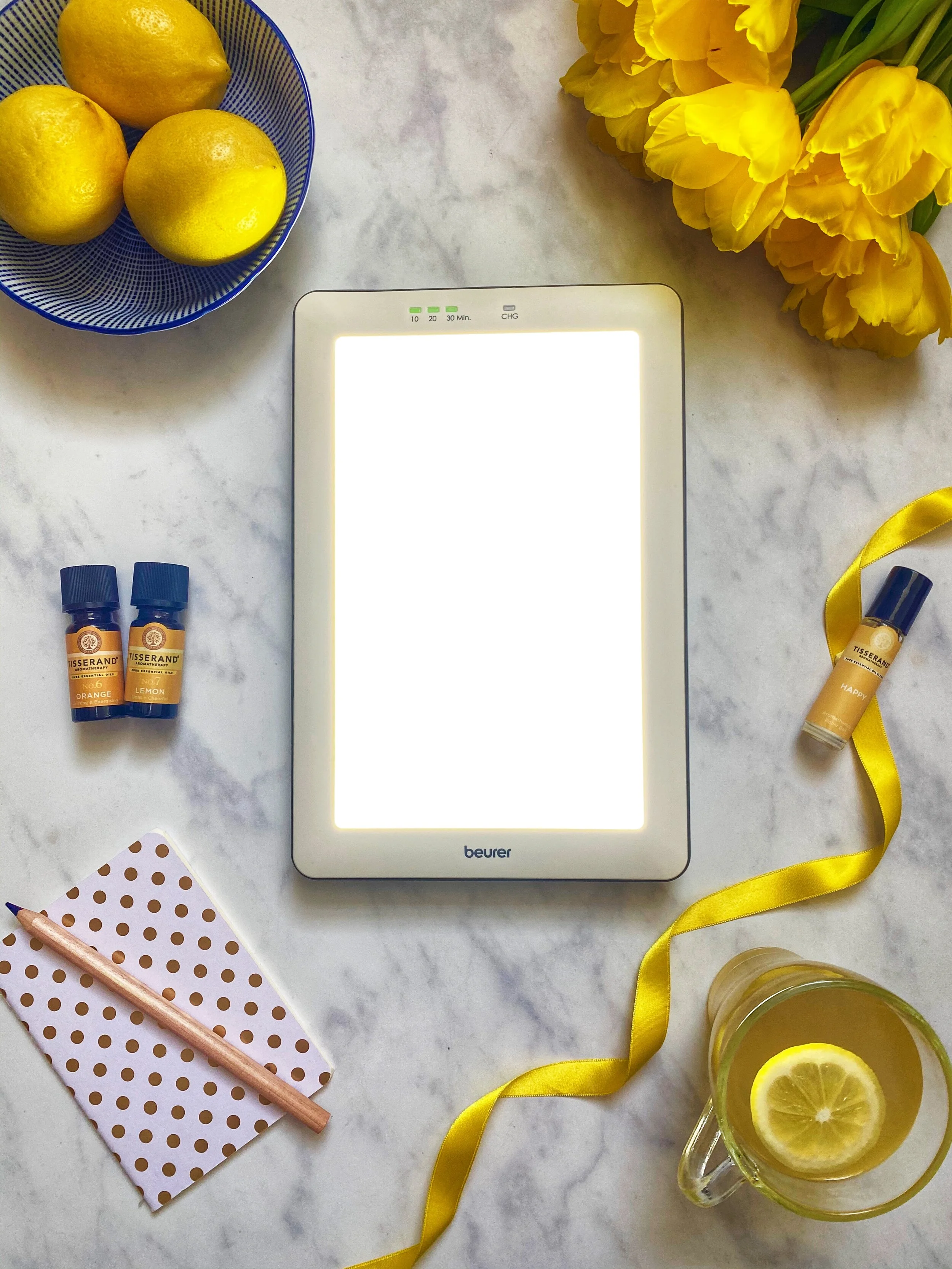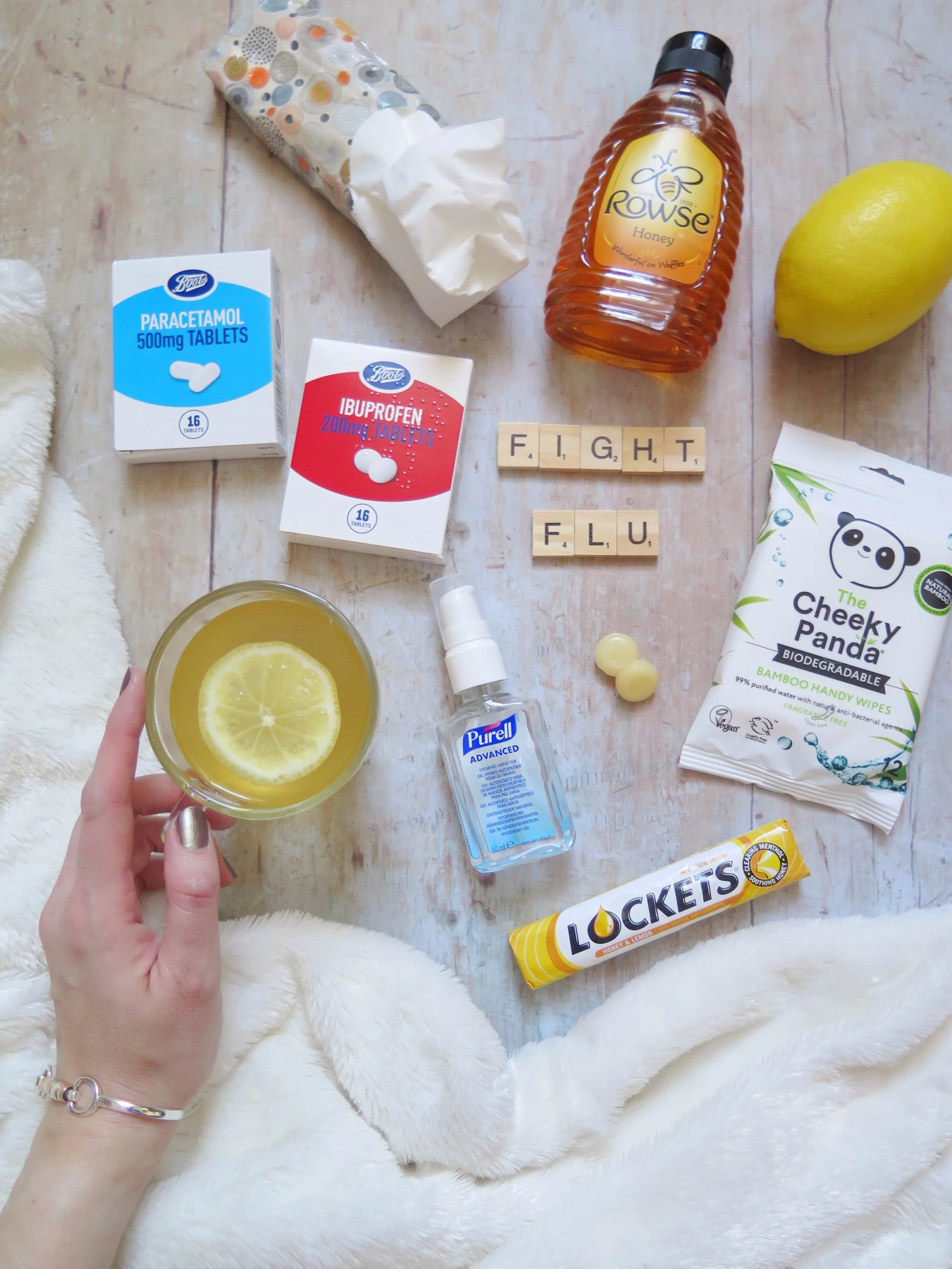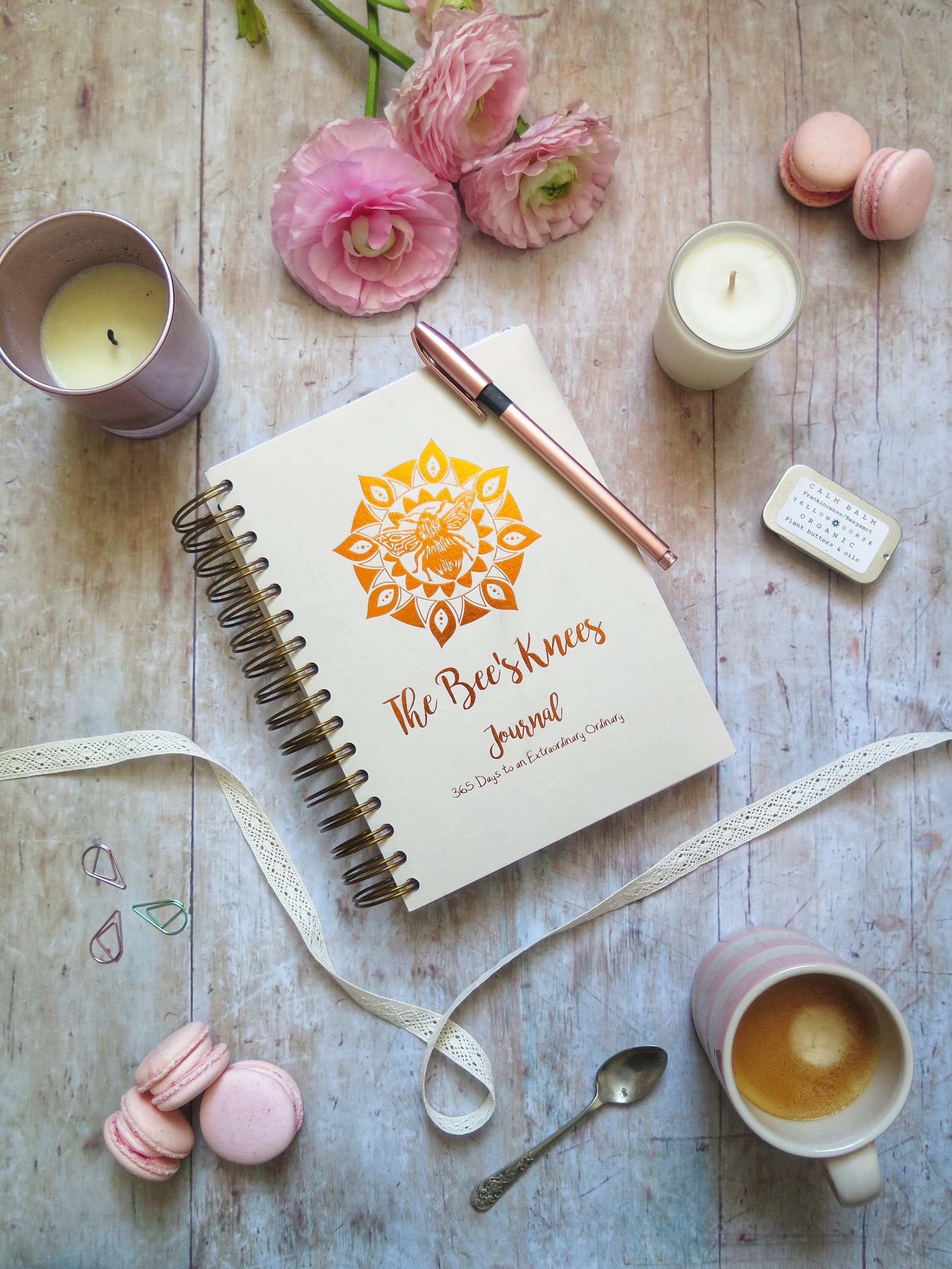SAD and the Winter Blues
I think a lot of people struggle in the winter months with low energy and perhaps not being as energetic as usual. But for some people it can be a bit more significant than that. This article is about Seasonal Affective Disorder (also known as S.A.D.) which is defined as being episodes of major depression, mania or hypo-mania, with a seasonal onset, usually worsening in the winter months. Symptoms becomemore severe as the winter progresses, often with most severe symptoms in January and February. Major depression means fairly constant feelings of feeling sad, down or hopeless, with poor motivation, little enjoyment in activities and often associated with a change in appetite, poor sleep pattern, fatigue and tearfulness. We think that the lower light exposure during the winter months leads to a decreased production by the brain of serotonin, the “happy hormone” and also altered levels of melatonin. Lower levels of serotonin can then lead to depression.
The vast majority of people I see who think they have SAD probably don’t exactly fit the criteria of having major depression and perhaps are more likely suffering from “winter blues” where they feel more down, tired, less energetic and perhaps less happy than in the summer months. Although this doesn’t quite meet the full criteria for SAD, some of the management options can still be very effective.
Antidepressants
People with true SAD and major depression almost certainly would benefit from an antidepressant medication, such as a Selective Serotonin Re-uptake Inhibitor (SSRI). In patients who have a clear pattern of onset of their symptoms in the winter months each year, we often start the antidepressant medication as preventative therapy a few weeks before their symptoms usually kick in and then stop over the spring and summer months.
Patients with milder symptoms may well not need antidepressant medication, but if you are in any doubt, make an appointment with your GP to discuss this further.
Talking Therapy
As SAD is usually a disorder of depression, many patients can benefit from some form of talking therapy. This can take several different formats such as cognitive behavioural therapy (CBT), counselling or psychotherapy.
The NHS offers talking therapy for free and often there is a self referral service available. Visit the NHS Improving Access for Pyschological Therapies website to enter your postcode and search for available services in your area.
The Samaritans can be really helpful if you need someone to talk to, anytime of the day or night. They will never judge you and they are always there. Their free phone number is 116 123.
Light Therapy
The use of SAD lights can be very helpful for treating people who have developed symptoms of SAD and winter blues*. However a recent Cochrane review** could not find clear cut strong evidence that it is scientifically helpful to prevent SAD. That doesn’t mean that it isn’t helpful, just that at the moment there are not enough studies looking into light therapy to prevent SAD and so a clear benefit cannot be proved.
We don’t know exactly how the light boxes help with symptoms of SAD, but we think that the bright light hitting the retina at the back of the eye sends signals to the brain to alter the chemical production of hormones like serotonin and melatonin. If using light boxes to prevent SAD, it is sensible to start using the light several weeks before symptoms are likely to develop, so for most people October or November, and to continue until the spring and lighter days. SAD lights can be readily purchased online and from outlets such as John Lewis, Amazon, Argos and Boots
When looking for a SAD light look for the amount of lumen the device emits. The higher the lumen, the shorter the time you need to use the light. For example a device emitting 2,500 lumen would require you to use it for 2 hours, compared with just 30 minutes from a 10,000 lumen SAD light. Your light box should come with instructions as to how close you need to sit to it but it generally does have to be quite close to you (about 10-30cm). You don't need to look directly at it but can go about normal activities such as reading, eating you breakfast, working at a computer, but every now and then glance down to directly look at the light for a few seconds.
Light therapy is thought to be more effective if used earlier in the day, and ideally not after early afternoon as this could cause you to struggle to sleep at night.
Light boxes are not available on prescription, however if your doctor has diagnosed SAD (and not winter blues) then you can claim for VAT relief on the purchase of a light box.
It’s important to note that a SAD light is not the same thing a a dawn simulator light. These are lights, usually for your bedside, which slowly brighten over 1-2 hours to emulate the gradual dawn light. These can be really helpful for re-setting your body clock but do not work in the same way as SAD lights as they usually emit less than 500 lumen.
Vitamin D
It is usual for our vitamin D levels to drop in the winter months in the UK due to the fact that we do not get exposure to sufficient UV light during these months of the year, and vitamin D is predominantly made in our bodies from sunlight exposure. We know that people with low vitamin D levels often feel more tired, lethargic and down. We should all be taking over the counter vitamin D between the months of October and March. Do see my earlier blog post for more information about vitamin D.
Lifestyle Changes
There are certain things we can do to help ourselves when faced with a condition like SAD or winter blues. Try to spend as much time outside as possible, whether that be going for a walk or just sitting in the park reading a book.
We know that exercise is helpful for people suffering with depression as it causes a release of natural endorphins which can improve mood. It doesn’t matter what exercise you do but if possible aim for 30 minutes of exercise at least five times a week.
Try not to isolate yourself. Tell your friends and family what you are suffering from and let them help you if they can. Although getting out and seeing people can seem like a real difficulty when you are feeling low, often once you have done it, seeing people can make you feel so much better.
If you can afford it then rather than taking a summer holiday abroad, why not consider getting some winter sun instead and spend the summer months in the UK?
Alternative Therapies
There is less concrete evidence available for alternative therapies in SAD and they are unlikely to be sufficient on their own to manage major depression, however they can be a useful addition to other management strategies.
Aromatherapy massage and inhalation aromatherapy have been found in a 2017 review*** to be somewhat effective in relieving symptoms of depression and anxiety. The main oils used were lavender, bergamot, rose otto and sandalwood. Citrus oils like grapefruit can also be very uplifting. It is difficult to accurately assess their effects as oils are available in different strengths and purities and there can be lots of differences in the way they are administered however, if we accept that aromatherapy on its own will not cure depression, but may well help to alleviate some of the symptoms, I think there is probably no harm in giving it a go and seeing if you get any benefit from it.
Hopefully this article has been helpful to give you some ideas as to how to cope with Winter Blues and SAD. It is really important if you are feeling depressed and think you may have SAD rather than the Winter Blues that you make an appointment to see your GP to get properly diagnosed.
——————-
*Golden R N, Gaynes B N, Ekstrom R D, Hamer R M, Jacobsen F M, Suppes T, Wisner K L, Nemeroff C B. The efficacy of light therapy in the treatment of mood disorders: a review and meta-analysis of the evidence. American Journal of Psychiatry 2005; 162(4): 656-662
** Nussbaumer‐Streit Et al Light therapy for preventing seasonal affective disorder. Cochrane Systematic Review - Intervention Version published: 18 March 2019
*** The Effectiveness of Aromatherapy for Depressive Symptoms: A Systematic Review. Evid Based Complement Alternat Med. 2017;2017:5869315. doi: 10.1155/2017/5869315. Epub 2017 Jan 4




